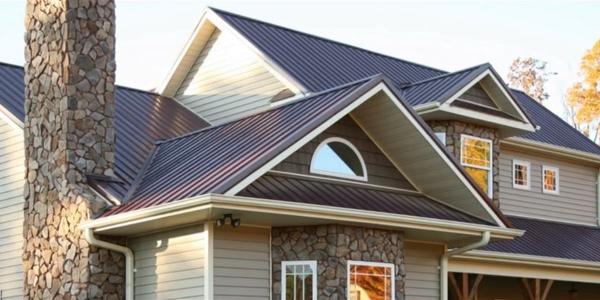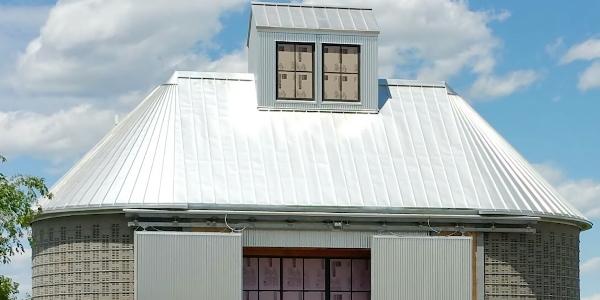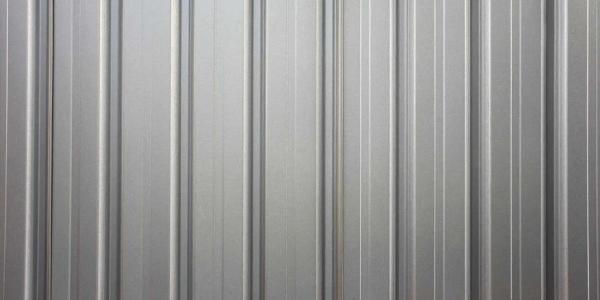UP TO THE MINUTE
Optimizing your home’s airflow

By Marco Industries.
Make sure your roof ventilation is working for you rather than against you.
Editors note: Share this article with homeowners as a helpful guide to roof ventilation.
When it comes to maintaining a healthy home, the roof is more than just a shelter — it’s a critical component in regulating airflow and preventing costly damage. Yet, too often, homeowners and contractors alike overlook the complexities of proper roof ventilation. From blocked vents caused by innocent mistakes to the strategic missteps of improper vent placement, these errors can lead to inefficiencies, increased energy bills and even structural damage. Before you find yourself climbing up to fix what could have been avoided, investigate these common ventilation pitfalls with us at Marco Industries and discover how to keep your roof — and your wallet — intact.
Blocked vents: Over time, vents can become blocked by debris such as leaves, dust or bird nests. Blocked vents restrict airflow, reducing the efficiency of the ventilation system. Sometimes, it’s not Father Time that blocks vents. Sloppily painted soffit vents can prevent proper airflow. Clogging them with paint severely restricts the net free area (airflow capability) they need to work efficiently. And believe it or not, we’ve even seen vents intentionally blocked (bagged wind turbines, we’re talking to you).
Insufficient ventilation: One of the most prevalent mistakes is having inadequate ventilation. Insufficient ventilation can lead to a buildup of heat and moisture in the attic, which can cause damage to the roof structure and insulation. It can also increase energy costs as the HVAC system works harder to maintain comfortable temperatures indoors.
Using incompatible ventilation products: Mixing different types of ventilation products or using incompatible vents can disrupt airflow and compromise ventilation effectiveness. It's crucial to use compatible ventilation products that work together seamlessly to promote optimal airflow throughout the attic space. Consulting with manufacturers' guidelines and industry best practices can help ensure compatibility and functionality.
Improper ventilation placement: Another common mistake is placing vents in the wrong locations. Vents should be strategically placed to create proper airflow throughout the attic space. This means having intake vents near the eaves or soffits to allow cool air to enter and exhaust vents near the peak of the roof to let warm air escape. Improper placement can disrupt this airflow, leading to ineffective ventilation. You can overdo it, too. We’ve seen roofs with a double row of attic exhaust vents. That’s not just improper placement (which will cause inefficient airflow from one row to the next), it’s too many vents (which means it’s the wrong ventilation choice for that situation).
Using the wrong type of vent: There are various types of roof vents available, including ridge vents, gable vents, soffit vents and turbine vents. Using the wrong type of vent for your roof or installing vents that are incompatible with each other can disrupt airflow and compromise ventilation effectiveness. In the example above with the two rows of attic vents, the roofer should’ve considered a horizontal ridge vent or other category of ventilation if they thought it would take two rows of attic exhaust vents to meet the attic’s exhaust ventilation needs.
These mistakes are more common than you might think, and each of them can take a devastating toll on a roof. If there is a question about the proper ventilation type or placement, ask a ventilation pro rather than guessing.
Original article and photo source: Marco Industries
Learn more about MARCO Industries in their Coffee Shop Directory or visit www.marcoindustries.com.




















Comments
Leave a Reply
Have an account? Login to leave a comment!
Sign In